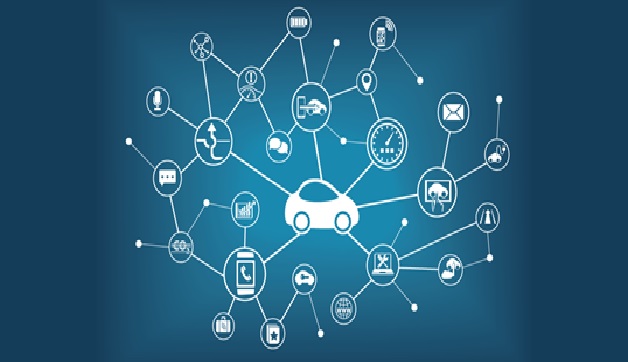Works of Jini Technology
Jini is a service-oriented architecture that defines a programming model that both exploits and extends Java technology. This programming model enables the construction of secure, distributed systems consisting of federations of well-behaved network services. Jini helps to build networks that are scalable and flexible, which are required attributes in distributed computing scenarios.
Jini's main objective is to shift the focus of distributed computing from a disk-drive-oriented approach to a network-adaptive approach by developing scalable, evolvable and flexible dynamic computing environments. Jini makes resources over a network look like local resources. [1]

Figure 1. The Jini Technology works
Figure 1 shows Jini technology provides a simple infrastructure for delivering services in a network and for creating spontaneous interaction between programs that use these services regardless of their hardware/software implementation.
Any kind of network made up of services (applications, database, servers, devices, printers, storage, etc.) and clients (request of services) of those services can be assembled, disassembled, and maintained on the network using Jini Technology. Services can be added or removed from the network and new clients can find existing services. [2]
Histrory of Jini
The word 'jini' means "the devil" in Swahili; this is borrowed from the Arabic word for a mythological spirit, originated from the Latin genius, which is also the origin of the English word 'genie'. Jini Technology, can be referred to as a middleware, developed by Sun Microsystems, in July 1998. It provides its users, with a rich set of Application Programming Interfaces (APIs) and various protocols, along with a set of specifications and a starter kit, which includes the implementation of Jini Technology released under the open-source Apache 2.0 license. [4]
The Advantages of Jini
Jini makes it easy to install and use services, and reduces operating costs for the following reasons:
- It is easy to add and remove services.
- Services can be relocated on the network without affecting users.
- Services are available immediately and are found automatically.
- The Jini architecture is scalable.
Using Jini requires that devices and computers be Jini enabled, i.e., they must have the appropriate Java code and be able to run it. [3]
Jini Services
A Jini service is defined as an entity that can be used by a software program, a computer, a device, another service, or a human (via a user interface).
Some examples of services are those that allow access to
- Printers
- Databases
- Software applications
- Devices such as cameras and home appliances
- Storage systems such as network attached storage appliances
- CD burners, etc. [4]
References:
- https://www.techopedia.com/definition/1304/jini
- https://www.seminarstopics.com/seminar/8859/jini-technology
- http://www.silicon-press.com/briefs/brief.jini/index.html
- https://www.jimsindia.org/techbyte/insight/JINI%20TECHNOLOGY.html
Cite this article:
Thanusri swetha J (2021) Works of Jini Technology, AnaTechMaz, pp. 57















